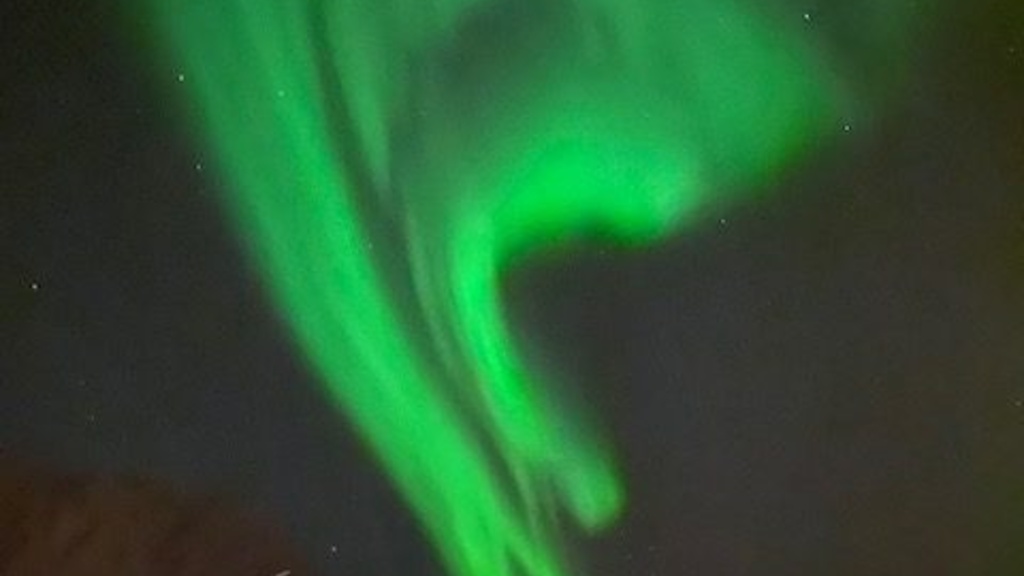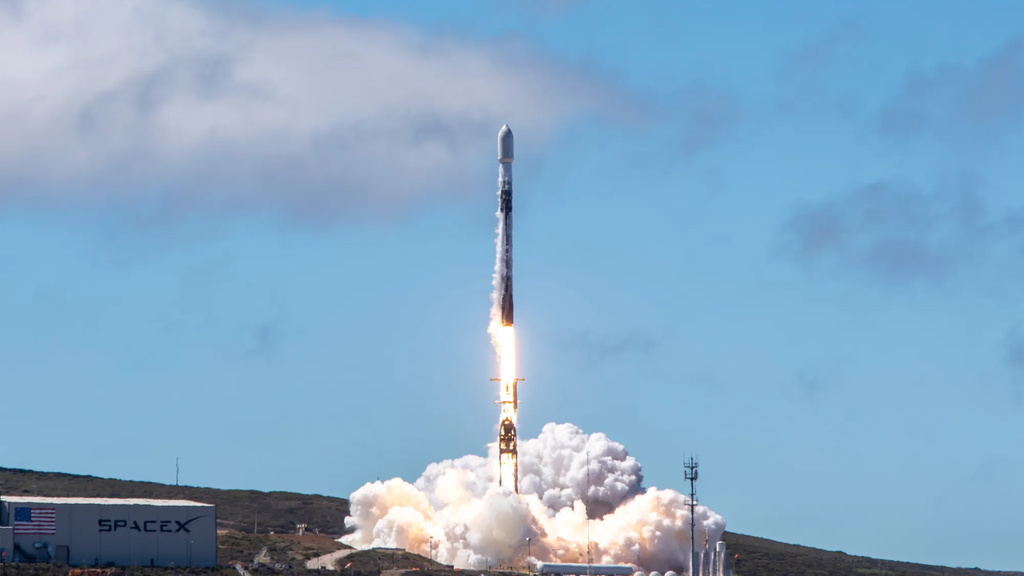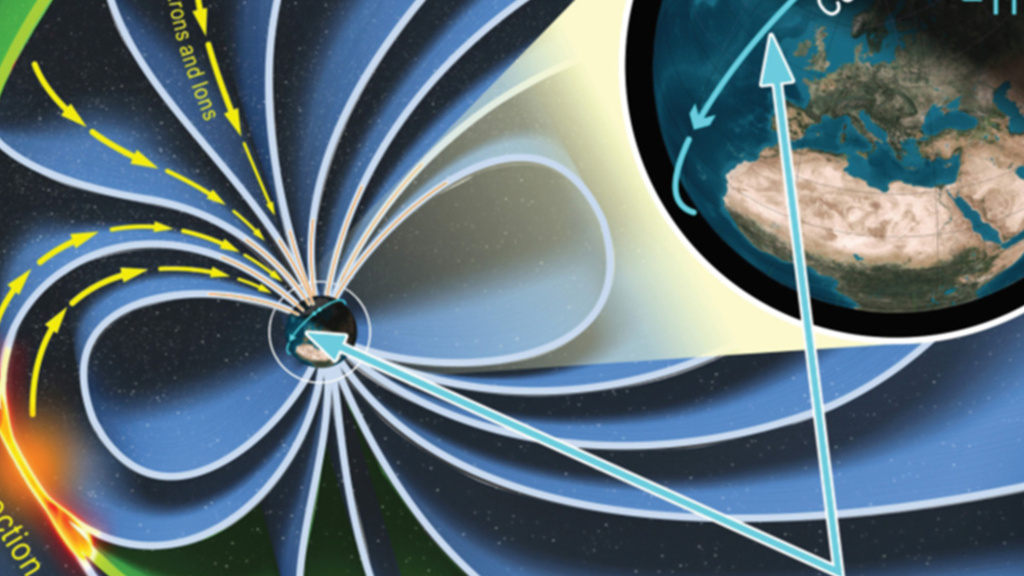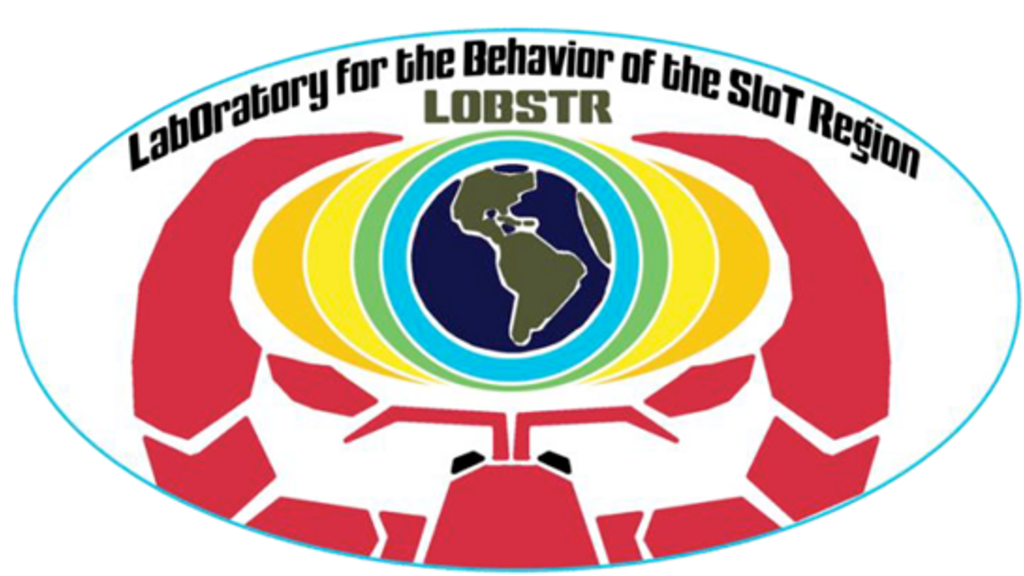News
What's Happening in the Miles Lab
TRACERS launch image wins first place in research photo competition
Wednesday, November 12, 2025
Christian Hansen's photo of the TRACERS mission launch won first place in the faculty/staff/researcher category of the Capture Your Research! Photo Competition. Sponsored by NEXUS | Artineers and the Lichtenberger Engineering Library at the University of Iowa, Capture Your Research! is an image competition where students, faculty, and staff submit one image that captures the essence of their research.

Making High Fidelity Fluxgate Cores for Space Science and Space Weather Missions
Tuesday, September 30, 2025
The Miles Lab, sponsored by NASA, is restoring and advancing the nation’s capability to make high-fidelity magnetic field measurements needed to investigate space weather that can impact our communication and power grids on Earth and our assets in space.

Study discovers electromagnetic waves can make the northern lights glow brighter
Friday, September 5, 2025
A study from University of Iowa researchers reveals that the aurora borealis — the northern lights — appear brighter when electromagnetic waves in space interact with particles inside the aurora. Connor Feltman, a postdoctoral researcher in the Department of Physics and Astronomy at Iowa, examined data from two rockets that were launched into the aurora from Andøya, Norway, in 2022, an Iowa-led experiment known as the ACES-II mission.

NASA Launches Mission to Study Earth’s Magnetic Shield
Wednesday, July 23, 2025
NASA’s newest mission, TRACERS, soon will begin studying how Earth’s magnetic shield protects our planet from the effects of space weather. Short for Tandem Reconnection and Cusp Electrodynamics Reconnaissance Satellites, the twin TRACERS spacecraft lifted off at 11:13 a.m. PDT (2:13 p.m. EDT) on Wednesday, July 23, 2025, aboard a SpaceX Falcon 9 rocket from Space Launch Complex 4 East at Vandenberg Space Force Base in California.

Space Science Reviews Publishes TRACERS Article Collection
Tuesday, July 15, 2025
The journal Space Science Reviews is publishing a collection of articles about the University of Iowa-led Tandem Reconnection And Cusp Electrodynamics Reconnaissance Satellites (TRACERS) mission. This collection presents the science objectives of the mission, descriptions of the design and calibration of the plasma instruments, and other important aspects of the mission.

Iowa researchers study ionosphere’s role in aurora
Sunday, March 23, 2025
Researchers led by the University of Iowa have learned more about how Earth’s uppermost atmospheric layer may contribute to aurora, the colorful dance of lights in the skies in the Northern and Southern hemispheres.
Pathfinder Project Highlighted in NASA Heliophysics Report
Wednesday, March 5, 2025
The inaugural Pathfinder Project, led by University of Iowa Physics and Astronomy researcher David Miles, is among the projects featured in a recent report from NASA’s HEliophysics Strategic Technology Office (HESTO).

Miles, Jaynes to provide Instrumentation for NASA’s LOBSTR Mission
Tuesday, October 29, 2024
Professors Allison Jaynes and David Miles will provide instrumentation for the LabOratory for the Behavior of the SloT Region (LOBSTR) mission. This mission aims to study energetic particles in the slot region, which is the region between Earth’s two radiation belts. The Miles Lab will provide magnetic field instruments.

NASA's HESTO Selects Iowa Magnetometer For ICI-5bis Mission
Thursday, September 19, 2024
NASA's HEliophysics Strategic Technology Office (HESTO) selected Prof. David Miles from the University of Iowa and Prof. Wojciech Miloch of the University of Oslo to provide a fluxgate magnetometer for the upcoming Norwegian ICI-5bis sounding rocket mission.

NASA touches down in Iowa to talk TRACERS
Wednesday, March 20, 2024
NASA delegates visited the University of Iowa on March 7-8 to learn about the largest externally funded research project in institutional history.
The NASA group included Joseph Westlake, the new head of the agency’s heliophysics division, which oversees missions involving the Earth and sun. The heliophysics portfolio includes Tandem Reconnection and Cusp Electrodynamics Reconnaissance Satellites (TRACERS), the $115 million mission being led by Iowa. TRACERS will study interactions between the sun and the Earth that spawn the Northern and Southern lights. Researchers at Iowa and other participating institutions have been designing, building, and assembling the instruments, hardware, and software in preparation for a scheduled launch in April 2025.
Pagination